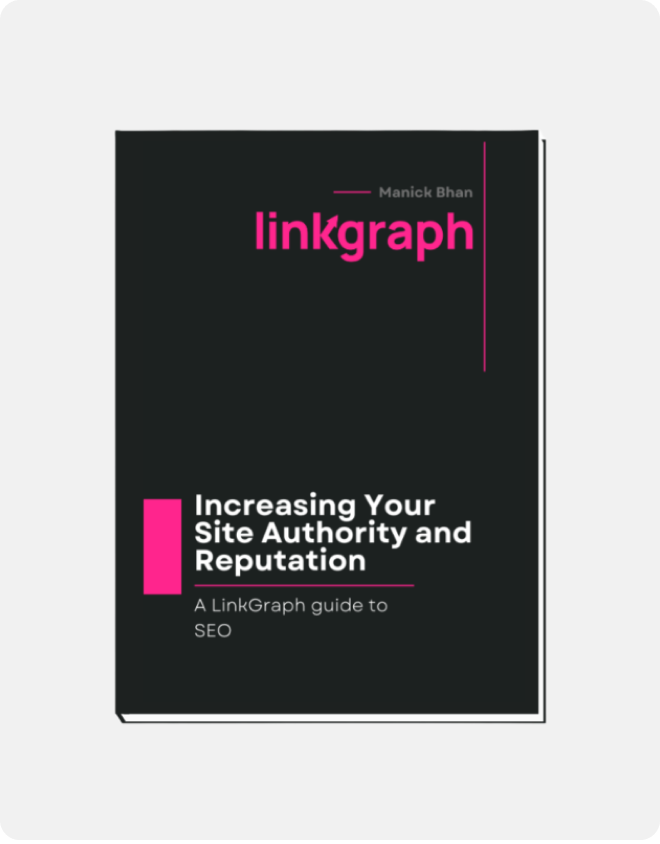Retail SEO Guide: Get More Eyes On Your Online Store
With an abundance of products being sold online, there is likely a lot of competition for products like yours. From a business standpoint, how do you ensure […]
With an abundance of products being sold online, there is likely a lot of competition for products like yours. From a business standpoint, how do you ensure your online retail store stands out amongst the crowd of ecommerce retailers? If you want to get your shop in front of as many people as possible, the best way to do so is through retail SEO.
Retail SEO is a form of search engine optimization with specific techniques to work for e-commerce stores. While the fundamentals of SEO don’t necessarily change for retail, there are some specific best practices you can invest in to create a really strong online retail presence.
Here’s a beginner’s guide to everything a retailer must know to improve their visibility and rankings in the search engine result pages.
Why Retail SEO Matters for Online Stores
So, why SEO? The easy answer is that consumers are relying on search engines to find new products like yours.
- 44% of people start their online shopping journey with a Google search. Without establishing a presence online, you’ll miss out on potentially almost half of your customer base.
- 37.5% of all traffic to ecommerce websites comes from organic search results. Ranking in Google for multiple keyword phrases allows your ecommerce brands to capture consumers that aren’t even aware of your brand.
- 23.6% of all ecommerce orders are directly tied to organic clicks. Not only are your consumers coming from online channels, but they are also converting once they find you.
- Around 95% of shoppers don’t go past the first page in the search results. If your ecommerce web pages don’t rank in the first 10 positions in the SERPs, it’s unlikely you’ll earn new customers from Google.
So with all of these facts in mind, a well-designed and well-optimized website with great content should be any online retailer’s goal.
Benefits of SEO for Online Retailers
Still not convinced of the power of SEO for your retail website? Here are some benefits that any ecommerce retailer, big or small, can experience when amplifying their website’s SEO.
It Doesn’t Cost a Ton!

You don’t need a huge budget to implement a great SEO plan.
In comparison to paying for digital advertising on platforms like Google Ads, Facebook, and Instagram, SEO is much more affordable to retailers.
Also, because ranking in search doesn’t end when your marketing budget runs out, it has long-term impacts that paid media cannot relate to.
By ranking in the top spots for high-value keywords, you can earn customers for perpetuity! This goes a long way to lowering your cost-per-acquisition in the long-term.
It is Customizable

You don’t always have to implement every single SEO advantage to get the best results. Rather you can customize SEO to meet your online goals.
For example, if you are trying to promote a specific product, completing extensive keyword research about the product can help give you ideas on what content to create about it.
Doubling down on your content production can be a useful marketing strategy, even if it is just creating a blog or two.
Or, say you don’t have a problem getting customers to your website, but you struggle to make them convert. If this is the case, investing in page experience improvements can work wonders in both improving keyword rankings and encouraging the consumer to make a purchase or a phone call.
Since no one store is the same, no eCommerce website will be the same. A good SEO strategy will prioritize your ecommerce retail website’s unique goals and needs.
It Boosts Your Local SEO
For those online retailers that also have a brick-and-mortar store, your SEO efforts can also have a local impact.
Google works in a way where it will populate it’s map pack results based on the geographical location of the user. This can change even as you move around streets in your neighborhood. Your goal should be to show up within the map pack so users immediately see your brand when looking for local retailers.
Other local SEO efforts can also help those ecommerce retailers who have physical locations. Local SEO strategies like local citations, location-specific landing pages, and more are key for these types of retailers.
It Helps You Understand Your Customers

You may have a general idea about your customers, but do you really understand what questions or queries got them to arrive on your website?
Luckily, SEO is all about data and metrics. The right software tools can tell you the types of questions that users are asking about products like yours.
You can also find out what kind of device they used to get to the landing page – whether it was a mobile phone, tablet, or desktop computer – and you can use this information to learn a lot about their shopping habits and improve the conversion journey on your website.
How to Optimize Product and Category Pages
Here are a few different ways to optimize your retail product and category pages for SEO performance and a better user experience for your customers.
1. Complete Comprehensive Keyword Research
Keyword research is the foundation of any eCommerce SEO campaign because if it wasn’t for keywords, your consumers wouldn’t be able to find you.
When done properly, your keyword research will drive every content marketing task you implement on your website.
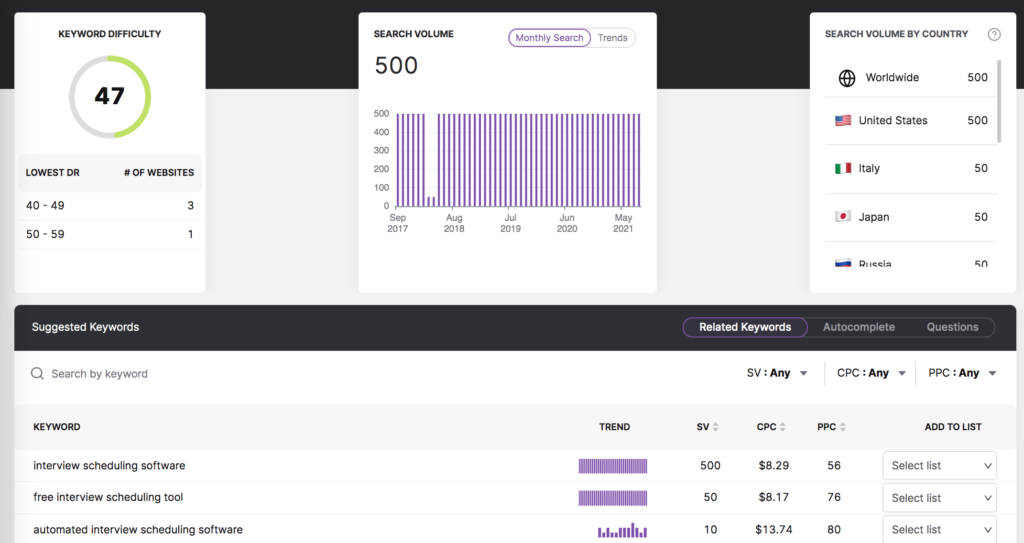
There are plenty of different techniques you can use to perform your keyword research, as long as you focus on consumer intent. Typically, there are two different kinds of consumer intent.
Informational Keyword Intent
Informational keyword intent is used to describe the type of information the consumer is looking for. These searchers are usually looking for how-to blogs, 101 guides, or blog articles that provide them an answer to their question.
Here are some examples of informational queries:
- how to get scratch out of wood table
- what is the difference between laminate and tile flooring
- what can help fix a broken laptop screen
Usually, consumers looking for this type of information are at the top of the marketing funnel. That means they are still gathering information about various products or retailers and are weighing their different options.
Commercial Keyword Intent
Commercial keyword intent is when a user is looking for information that helps them make a purchase, usually as fast as possible.
These users know what they want but aren’t sure exactly where to get it. These users have more intent to actually purchase, and would be classified as being somewhere near the bottom of the marketing funnel.
For example, some keywords that show commercial intent include:
- buy wood repair kit
- cost difference between braces and invisalign
- bathroom remodelers in my area
Determining keyword intent may sound like a daunting challenge, but it’s really not! Here are some tips to make the task easier on yourself.
- Look at what’s already in the SERPs. Pay attention to what keywords are written in paid ads, the knowledge graphs, and the organic listings on the first two pages.
- Take a peek at the cost-per-click of keywords in GoogleAds. The higher the price, the more competitive a keyword is, meaning more users are searching for it.
- Use tools like LinkGraph Keyword researcher.
- Use our LinkGraph tool, the Keyword Researcher to to see what long-tail keywords, questions, and autocompletes people are searching for
Once you have an idea of the right keywords you want your product and category pages to rank for, you’ll need to start adding them to your ecommerce content.
2. Enhance Your Content
Not every piece of your website will need optimizing, so start where you will get the biggest bang for your buck – with the product descriptions.
When writing product descriptions, you’ll want to ask yourself “What is the easiest way I can add crucial elements to this page? And how can I maximize visibility with my content?”
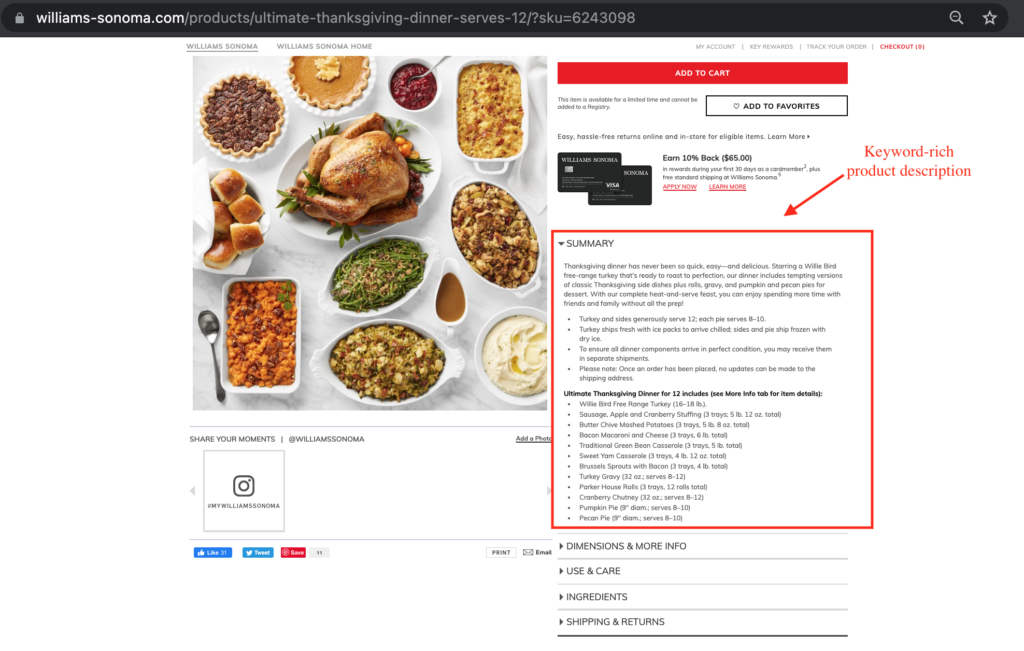
You can do this by:
- Adding keyword-rich detailed product descriptions
- Using the SEO content assistant to find other synonyms and Focus Terms to include in your product descriptions
- Ending your product description with a call to action
- Placing testimonials all-around your website with reviews from actual customers,
- Optimizing your images with alt tags, making sure you have the optimal product image size and using keywords within the file name.
Doing all of the above creates keyword-rich product pages, which will grab the attention of both users and search engine crawlers.
3. Ensure your Product Pages Are User-Friendly
If your website doesn’t adhere to your consumer’s needs, then how will you get them to convert?
User experience is key in the world of SEO, not only because it ensures your website gives the users what they want, but Google won’t rank web pages that don’t meet their page experience standards.
This means that if your page speed is slow, if your website is not responsive for mobile users, or if your consumers can’t easily find what they’re looking for, you have the potential of losing your organic rankings.
Some easy user-friendly tips are:
- Make sure your retail website is organized, with a clear navigational system
- Remove any excess clutter from your pages
- Place your contact information on the header and footer of each page, making it easy for your customers to contact you
- Make sure your web pages are responsive for all devices, as many people do online shopping from mobile phones or tablets
- Use consistent styling throughout every single product page so users can easily browse through multiple products
Remember, the more user-friendly your website is, the easier it will be for your customers to convert.
5 Tips for Increasing Traffic to Your Online Store with Retail SEO
Now that your website is properly optimized for sales, it’s time to drive traffic to your store! Here’s how you can do just that.
1. Add a CTA to your Meta Description
Google will show your meta description in your SERP result whenever it promotes it for relevant keyword phrases. Adding an enticing CTA to your meta description can help drive clicks to your website.

2. Add Products Schema to Improve your Organic CTR
Adding the products schema to your product page will make it so you appear in Google’s rich results.
This allows users to see key information about your products like a product image, price, product reviews, or even when an item goes on sale.
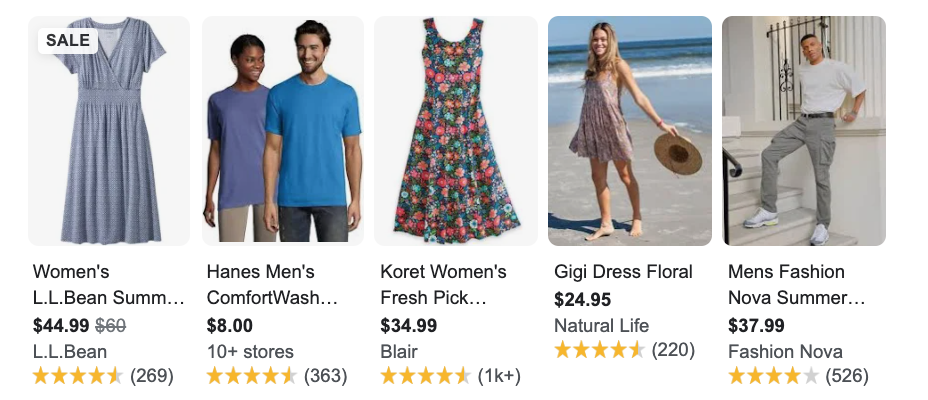
To learn more about how to add product schema to your pages, read our detailed schema markup guide.
3. Set Up Your Google My Business Listing
You want to ensure your clients can find you, and your GMB listing can be powerful for driving both web traffic and foot traffic.
Google My Business works by targeting users in your local area, and you don’t even have to have an actual storefront to have one.
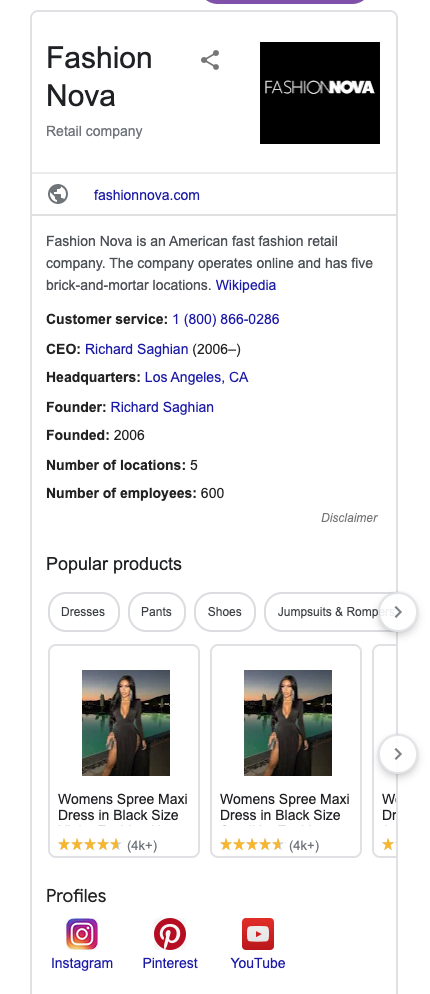
As long as the listing includes your contact information and a link to your website, you’ll be providing new and potential consumers useful information that they need to convert. Learn more about how to set up your Google My Business listing.
4. Make Content Marketing a Priority
Don’t forget about the power of a robust content strategy! Even if your product descriptions and retail store is optimized for SEO, you can’t forget about the rest of your website!
Consistently producing quality blog content will send signals to Google that you’re an active website, which will work in your favor to enhance your ranking signals.

Blogs offer an opportunity to provide your consumers with informational content about your products and services and target new keyword phrases or long-tail queries.
How-to-guides that detail how to use your products or seasonal gift guides are great for driving traffic and conversions.
5. Check Out What Your Competitors Are Doing
Take a peek at your competitors to get some inspiration for your own marketing strategy!
You can look at what keywords are drawing customers to their store, what content themes they’re writing about, and how they promote themselves on social media.
You don’t have to reinvent the wheel when creating your own marketing ideas; use your competitors for inspiration on where your website can improve!
In the digital world we live in, consumer habits are changing on an almost daily basis, making it especially important for retail shop owners to enhance their shop’s visibility online.
Our team of ecommerce SEO experts can help bring your website to new heights. Give call today and we’ll get started.














































































